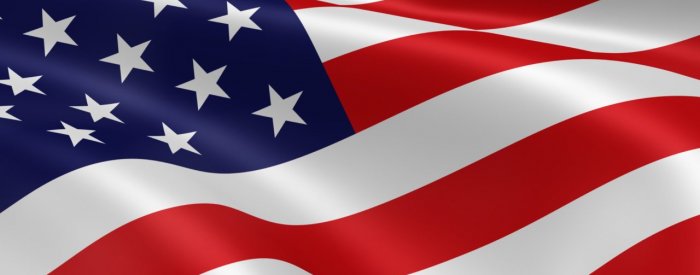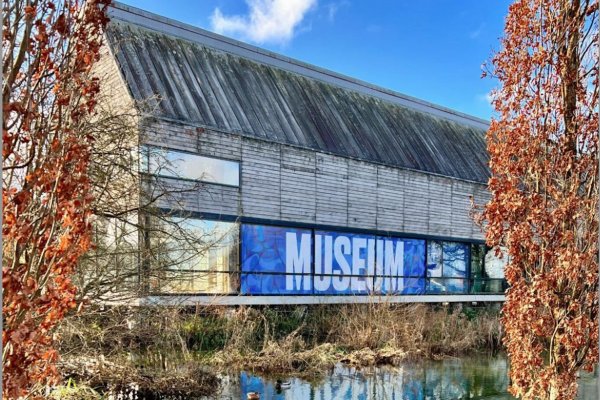
TOP TIPS FOR TARGETING US TOURISTS
16 November 2022
With vast swathes of American tourists now arriving on our shores, and visiting the capital especially, taking advantage of the value of the dollar against the pound, now is the time for brands to shout out to these visitors about their attraction offerings.
Americans love all things to do with the Royal Family (and while the recent events were incredibly sad, London was portrayed in all its glory, with all our pomp and pageantry), and attractions such as Buckingham Palace, Windsor Castle, Hampton Court Palace, Kensington Palace and Westminster Abbey always prove popular with US tourists. They also find our war history of extreme interest, so venues such as the Churchill War Rooms, RAF Museum and the Imperial Museum find their way onto any American’s list of things to see and do when in the capital.
According to Visit London, other top bookable attractions include the London Eye, Madame Tussauds, the Tower of London and the View From The Shard; and in terms of the top free attractions, that list includes Tate Modern, the National History Museum, the National Gallery and Somerset House.
What are the best ways for destinations such as these to promote themselves to the US tourist market, especially during this current cost of living crisis, where marketing budgets are tight and need to be spent as wisely as possible?
Kallaway’s Media Director Rupert Bean lists his key five paid media environments to reach this audience below:
1. Airports
- There are many advertising opportunities at Heathrow, Gatwick, Luton and Stansted (and indeed, all airports, but we’re focusing on London). Visitors can be targeted by many different OOH and Digital OOH formats, including screens at baggage reclaim.
- Advertisers can target those screens when specific flights have landed, so brands can ensure their message is specifically shown only to those visitors landing from American airports – limited wastage.
2. Hotels
- Once at their hotel (and Americans generally favour the Hilton brand), there are a number of ways in which advertisers can reach them, when they are thinking about what to go and see during their time in London.
- WiFi sponsorship is a possibility – everyone always logs on to the WiFi when at a hotel, so attractions can sponsor the hotel WiFi, and have their image and message permanently on show. This has been used previously by some of the biggest theatre clients in the West End and is often attributed to their uplift in sales).
- Digital screens are also available in most hotel foyers, a perfect location to target the hotel residents when they come back for the night (so thinking about the next day), or indeed in the morning, when they are deciding of their plan of action.
- These screens are often located right next to the front desk, where the concierge can be found, and that leads us on to the opportunities available within the Society of Golden Keys. Members of the Society include concierges of the premium 4 and 5 star hotels, and brands can have direct access to these highly influential people by way of email marketing, concierge newsletters, and Golden Keys award sponsorship.
3. Digital Display
- Brands can take advantage of the hyperlocal mobile targeting possibilities offered by the online digital display channel.
- Specific locations, such as competitive attractions, transport hubs and hotels, can be geo-fenced within 50-100m (for example), and then whenever anyone is within that specific radius and browsing on their mobile device as normal, they can be targeted with a interstitial ad, which takes over the full screen of the mobile. A highly engaging format, the CTR (click through rate) is always well above standard display benchmark (0.1% +).
4. Roadside / Underground
- In the same way we can be hyperlocally targeted with online display, brands can run ads on selected sites (traditional or digital) which are in close proximity of certain venues (competitive attractions).
- These sites could be Roadside 6 sheets, or perhaps sites at certain London Underground stations.
- If the sites are digital, then the messaging can be targeted to specific days of the week and times of the day for maximum efficiency.
5. Print
- There are a number of key magazine publications targeted at the tourism market, including Where London, London Planner and This Is London.
- These titles are distributed across all main London hotels, and transport hubs, and placing advertising within their pages will ensure you hit the desired visitor audience when they are reading about what’s on in London. Print is certainly not dead!
These are the main five ways to target the American tourist audience, and if budget allowed, a combination of them all would hit them on multiple touchpoints – as they arrive at the airport; at their hotel – on the wifi, in the foyer, and a chat with the concierge; then on their phones and on the streets as they travel about London; and finally in the tourism what’s on magazines as they have their evening drink!
As we look ahead to 2023, and events such as our new king’s coronation in May, a time when London will once again be the focus of global attention and tourism numbers are likely to be high, attraction brands should consider how they can best reach this receptive audience.
Speak to Rupert if you want to learn more and see how he can help you maximise your brand’s potential. Book an appointment with him here.






